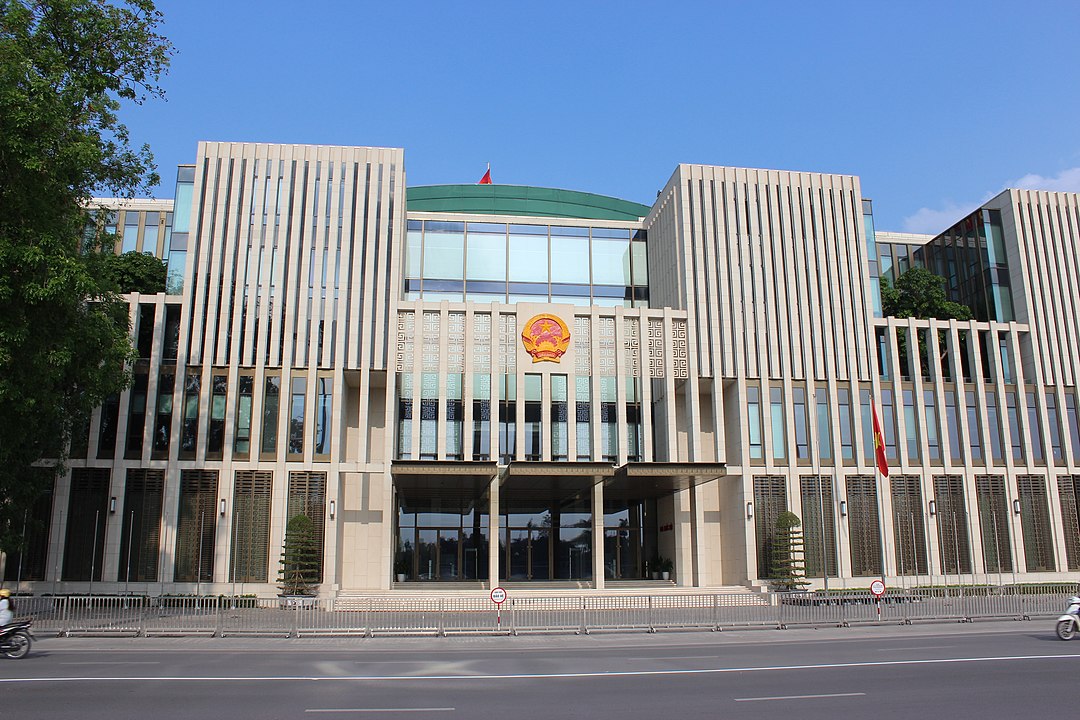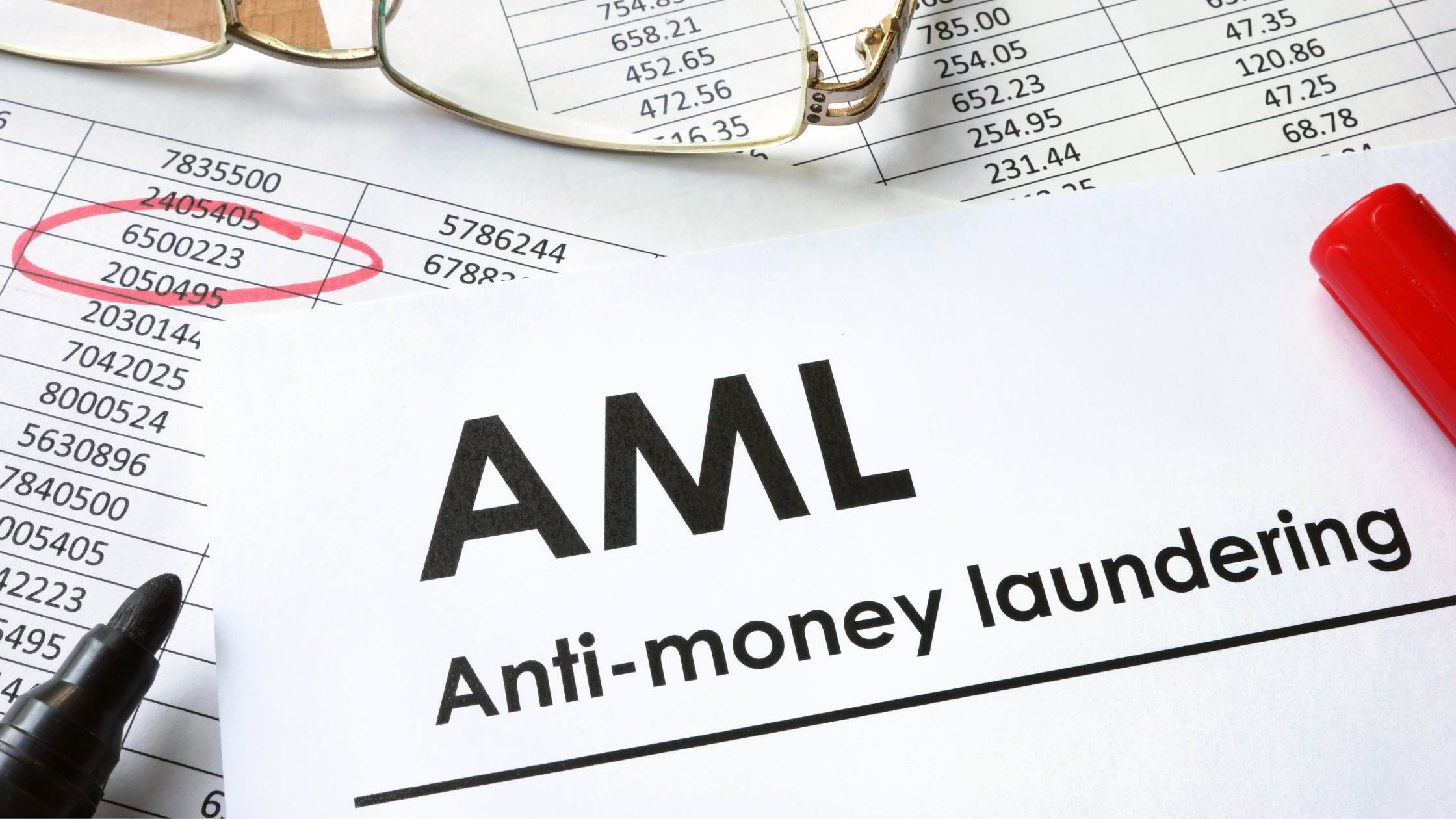By Tran Thai Binh, founding and managing partner, and Mac Trang Anh of LNT Partners

Tran Thai Binh, founding and managing partner
Take a brief look at the figures of the residential houses market in Ho Chi Minh City in the last six months of 2019,[1] there has been a massive decrease from 19 to 3 residential housing projects for which the developers have been recognized and received approval from both the Department of Construction and the People’s Committee. The number of projects proposed by the Department of Construction also dropped 82.2% from 56 projects in the first semester of 2018 to 10 projects in the same semester this year.
This article shall investigate and analyze some motives which may explain such severe restriction by the bodies. The examination of a few recent letters from the Ministry of Construction answering provincial level People’s Committees indicates the former’s concerns about the origin of the land use rights of the developer over the estate other than “residential purpose”, despite being located in residential areas according to the town planning.
The Law on Housing and Decree 99/2015/ND-CP (Decree 99) were drafted based on the historical background of the regulations on land and town planning over the past decades. However, the more numerous short-term planning changes, the more serious obstructions can be caused. They have induced a mix of different land types in many areas which are also different from the current urban planning in Ho Chi Minh City and its suburbs. It is extremely difficult to demonstrate exactly mixed-use land areas and no mechanism exists to convert them systematically without raising the market price. In practice, we have witnessed many cases where agricultural and commercial land areas have not been converted into residential ones corresponding to its town planning and how the landlord is disadvantageous in respect of the administrative procedure of conversion and the payment for the land using charges and taxes.
The permission for establishing a residential housing development project is granted by tender, auction or recognition of a certain developer, who is also the landlord under Article 22.2(c) of the Law on Housing and Article 18.2 of Decree 99. In the latter case, he must generally fulfil all requirements for a residential housing developer and a legitimate
landlord in accordance with Articles 21 and 23.1, 23.4 of the Law on Housing respectively. Accordingly, he must either intrinsically or by way of transfer hold the land use right over the parcel on which a residential housing project may be allowed to be established.
The landlord legitimately holding the land use rights over the mixed-use land parcel, even though he fulfils all abovementioned requirements for the developer and landlord of a residential housing development project, is still not allowed to retain their rights under Article 22.2(c) of the Law on Housing and Article 18.2 of Decree 99 in order to be recognized as a sole developer. These detailed provisions are likely to be interpreted in an extremely rigid manner. The land parcel, at the time the landlord registers the land use right originally or receives the entitlement transfer, must have already been legally recognized as residential land. Since there is no administrative procedure of converting land type prior to the recognition of the developer, HoREA has proposed, according to the response from the Ministry of Construction,[2] that the recognition of the developer should a priori be granted:
- such land is planned to be a part of the residential areas,
- the land is permitted to be converted into a residential area, or
- the residential purpose has been mentioned in the decision on seizure, clearance of land;
and the landlord satisfies the developer’s requirements in accordance with Article 21 of the Law on Housing without any further conditions.
In fact, as of the date of this article, the People’s Committee of Ho Chi Minh City has not publicly responded to this proposal from HoREA. As a result, this grey area of the Law on Housing may increase financial risks to the developers since they must wait for the consideration and solution to be given by the People’s Committee of Ho Chi Minh City. The fact still remains that the distinct character of regulations on real estate has formed the basis for the course of history as mentioned above, so this may not be a simple task for the People’s Committee. First, she must determine the mixed-use land areas in the city and its suburbs which have been planned to be residential areas. Second, a simple procedure of land type conversion should be established in order to facilitate the recognition of residential housing project developer.
In respect of the same provisions of the Law on Housing and Decree 99, in case of a residential housing development project where the residential area intersperses with other types of land, over which one or more than one landlord is holding the land use right, the landlord of the residential area might not be recognized as the sole developer of the project due to these following hindrances. First, Article 22.2(c) of the Law on Housing and Article 18.2 of Decree 99 are interpreted in the ideal context where the full area of the project is for residential purposes despite the fact that there exists a lot of surrounding and mixed use land areas which are for agricultural, commercial or manufactural purpose, etc.[3]
Even if there is only one landlord holding the entitlement to all the land areas, the Ministry of Construction has not provided any solution to integrate the pieces with different land types into a major residential one. Second, no administrative procedure has been established in order to allow the developer to register the conversion of such specific agricultural, commercial areas into residential ones like the rest of project area even if it is legitimately corresponding to the town planning. Third, if the entitlement to the other interspersing areas are held by different landlords who have not accepted the reimbursements of clearance and entitlement transfer, the major residential landlord can neither request for recognition as a sole developer nor for a bid in order to acquire the rest of the project areas. Furthermore, in the case of foreign developers, they cannot acquire the land use right directly from the individuals holding the land use right over such interspersing areas.
These are two typical situations in which residential housing developers may find themselves due to the differences between the urban planning and the current status of the land parcel as registered with agencies and bodies. For certain residential housing projects, it is required to carefully study the history of the land use right, land type and the area location in the current town planning. There is no formula for auditing land parcels in any residential housing development project. However, they are the basis for any commercial decisions of the investor in order to avoid the increased and long-term risks of legal costs, reimbursement for clearance and seizure and significant delays of the whole project. We are looking forward to hearing the good news from the People’s Committee in the near future. Her decision shall be the precedent for the other major cities in Vietnam and give us the final solution for the rigidity of Articles 23.1 and 23.4 of Law on Housing. Hopefully, these issues shall be resolved as soon as possible in order to maintain a strong and steady residential housing market in Ho Chi Minh City in the final semester of this year.
Footnotes
- Ho Chi Minh City Real Estate Association (HoREA), see https://thanhnien.vn/tai-chinh-kinh-doanh/hon-84-du-an-bat-dong-san-bi-tac-1098924.html
- Official Letter of HoREA No. 63/CV-HoREA dated 20 June 2019
- Official Letters of Ministry of Construction No. 229/BXD-QLN dated 08 October 2018 and No. 34/BXD-QLN dated 31 January 2019.















 LNT & Partners
LNT & Partners Nguyen Anh Tuan
Nguyen Anh Tuan Bui Ngoc Hong
Bui Ngoc Hong Nguyen Ha Quyen Hoang
Nguyen Ha Quyen Hoang




